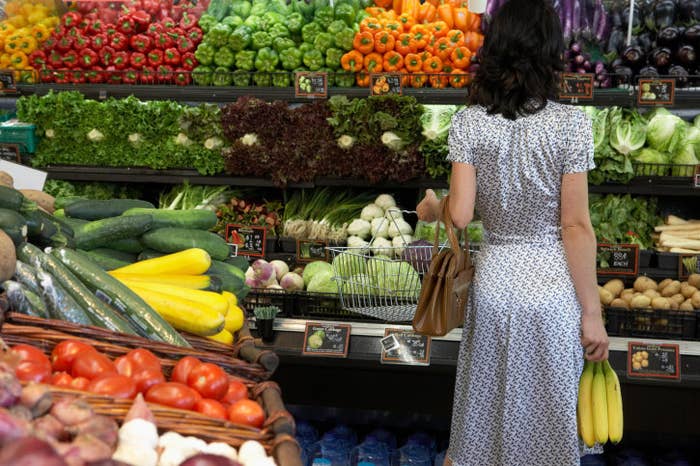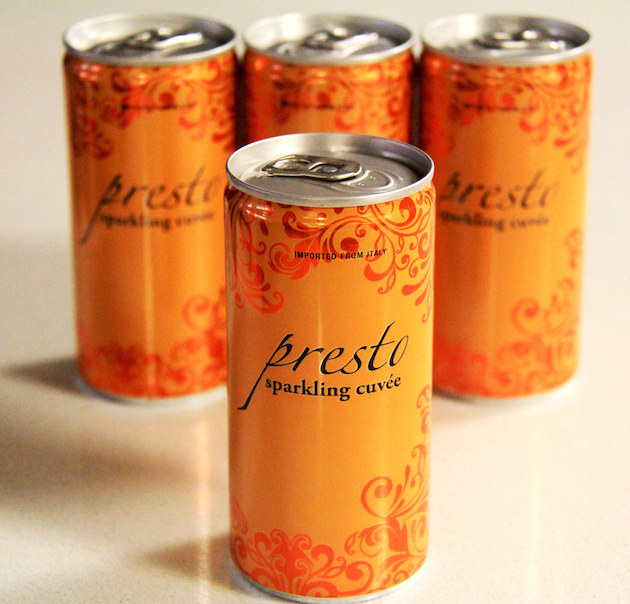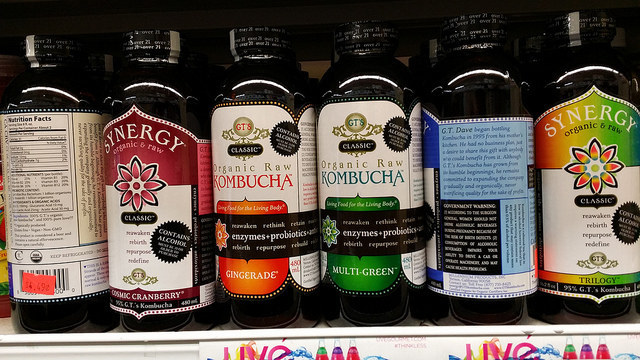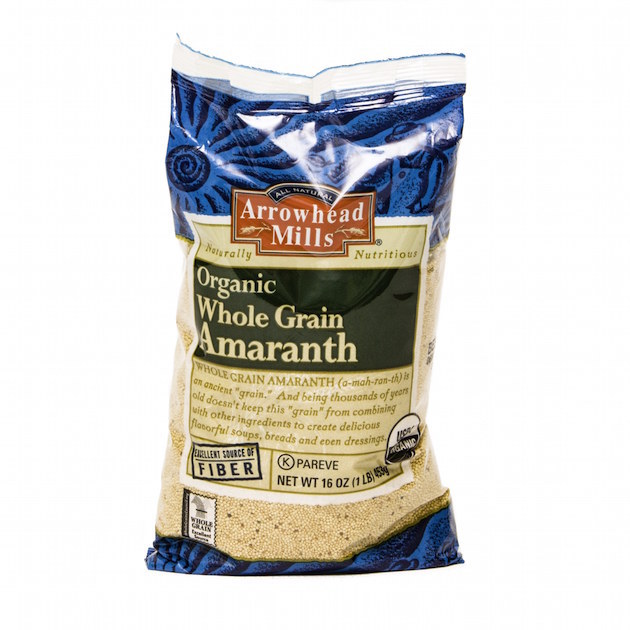
Now that we know what the good people of Pinterest think will be the biggest food trends in 2016 — jelly salad! — a big, extremely on-trend grocer is sharing its predictions.
Whole Foods may have only 412 stores in the U.S., but it occupies a solid place among the country's "grocery trendsetters," said Daniel Granderson, analyst at MarketResearch.com. Its success has encouraged competing stores to add similar organic, sustainability-oriented products to their shelves, creating a dent in Whole Foods sales recently. The company's next big challenge is to reach a more mainstream, middle-income market as it rolls out its lower-cost "365" stores.
The company asked all of its global buyers to identify the top trends that are likely to take off in 2016 based on sales data, customer feedback, and their own insights. Here's what they came back with.
1. Strange new meats and meat cuts

Who can eat chicken breast day after day? "Concerns about food waste combined with the whole-animal movement are leading people to try new cuts of meat," Whole Foods said in its 2016 trends report. Pictured above: blue catfish (an invasive species in the Chesapeake Bay originally introduced 1970s and 1980s for recreational fishery) and a less exotic, but still eye-catching crown roast (rib chops arranged and tied up in a circle) to shake up your meat routine.
2. Wine in a can

3. Plant-based everything
4. Fermented foods and probiotics

5. Wheat-free and other alternative flours

